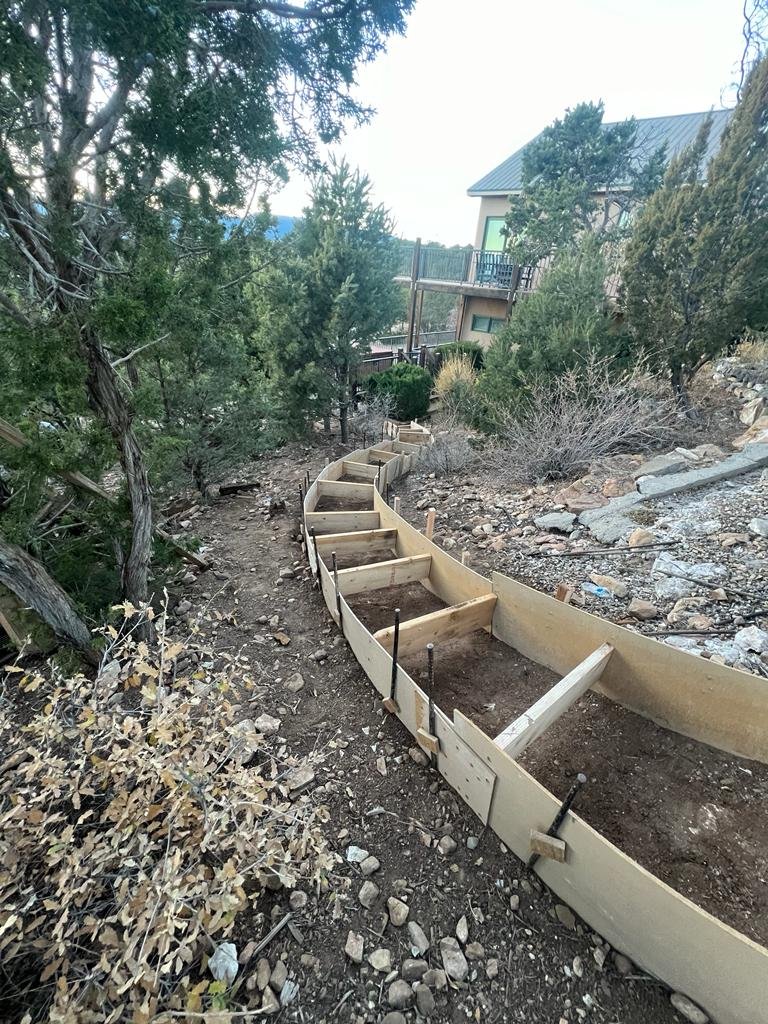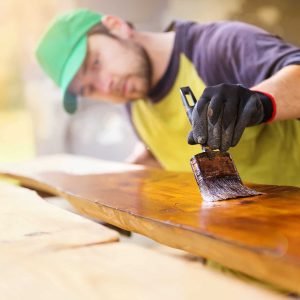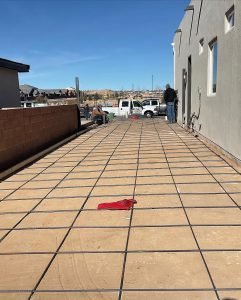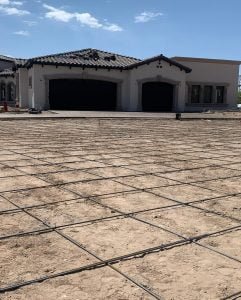
Concrete curing is a crucial step in ensuring the strength and durability of structures. However, when winter arrives, concerns arise about whether concrete can effectively cure in cold temperatures. In this blog post, we’ll delve into the factors that influence concrete curing in winter and provide insights on how to navigate the challenges to achieve optimal results.
- Understanding Cold Weather Challenges: Cold weather poses unique challenges to the concrete curing process. Low temperatures can slow down the hydration of cement, potentially leading to extended curing times and affecting the overall strength development of the concrete.
- The Impact of Freezing Temperatures: One of the primary concerns during winter curing is the risk of freezing. Concrete that freezes before reaching sufficient strength can suffer from reduced durability and even cracking. It’s essential to address this risk to ensure the successful curing of concrete in cold climates.
- Choosing the Right Concrete Mix: The choice of concrete mix plays a crucial role in winter curing. Using a mix designed for cold weather conditions, often containing accelerators or special additives, can help promote proper hydration even in lower temperatures.
- Maintaining Adequate Moisture: Moisture is vital for the curing process, and cold, dry air can lead to increased evaporation. Employing techniques such as covering the concrete with wet burlap or using curing compounds can help retain moisture, supporting the curing process in winter.
- Insulating to Prevent Freezing: Insulating blankets and other materials can be employed to protect the concrete from freezing temperatures. These insulating layers help trap heat generated during hydration, preventing the concrete from reaching temperatures that could compromise its integrity.
- Utilizing Heating Systems: In extreme cold conditions, using heating systems becomes necessary to create a favorable environment for curing. Electric or propane-powered blankets, hydronic heating systems, and temporary enclosures are effective tools for maintaining the required temperature during winter curing.
- Extended Curing Duration: Cold weather often necessitates an extended curing period to accommodate the slower rate of hydration. Allowing the concrete sufficient time to cure ensures that it attains the desired strength, even in winter conditions.
- Monitoring Weather Conditions: Regular monitoring of weather conditions is essential during winter curing. Sudden drops in temperature or unexpected frost can impact the curing process, making it crucial to adapt strategies accordingly.
Conclusion: While concrete curing in winter presents challenges, it is indeed possible with careful planning and the implementation of specific measures. Understanding the factors that influence winter curing and adopting appropriate techniques, such as selecting the right concrete mix, insulating, and using heating systems, ensures that concrete structures can achieve optimal strength and durability even in cold weather.

ACI (American Concrete Institute): The American Concrete Institute is a reputable source for concrete-related information. Their publications, such as the “ACI 306 Guide to Cold Weather Concreting,” provide in-depth guidance on the challenges and best practices for curing concrete in cold weather.




